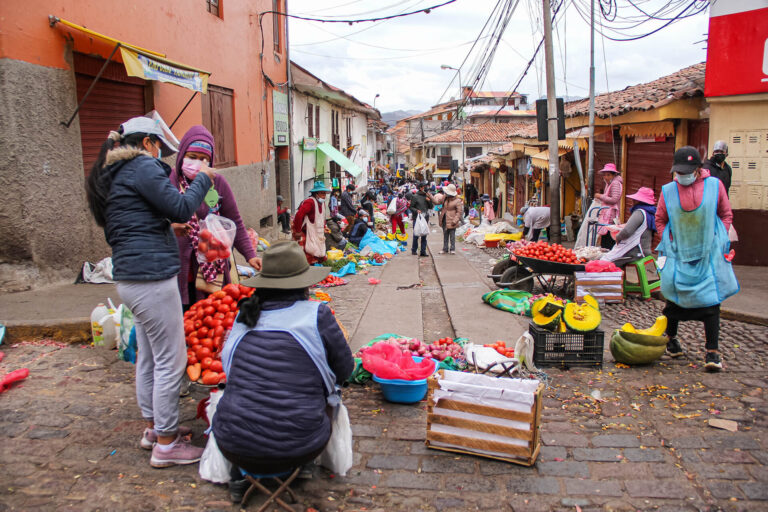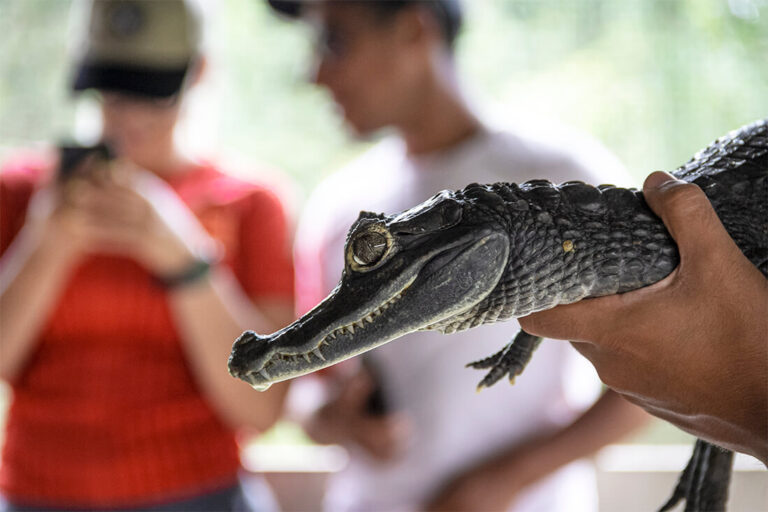So if you are already here, you are considering going to Peru or you have already booked a flight ticket and getting ready for your trip. I lived in Peru for almost two years (also due to the pandemic) so I wrote down the most important things to know before going to Peru. Here you can find basic info about the country, some practical things, Covid updates, what is good to know, what to pack, and some basic phrases that locals use.
What is Peru specific for?
Archeological sites
Peru is full of archeological sites, whether it’s a coastal adobe pyramid or the perfectly carved Inca stones in the Andes. If you are passionate about history and archeology you will feel like heaven. Peru is a real treasure and there are a lot of places that still need to be discovered.
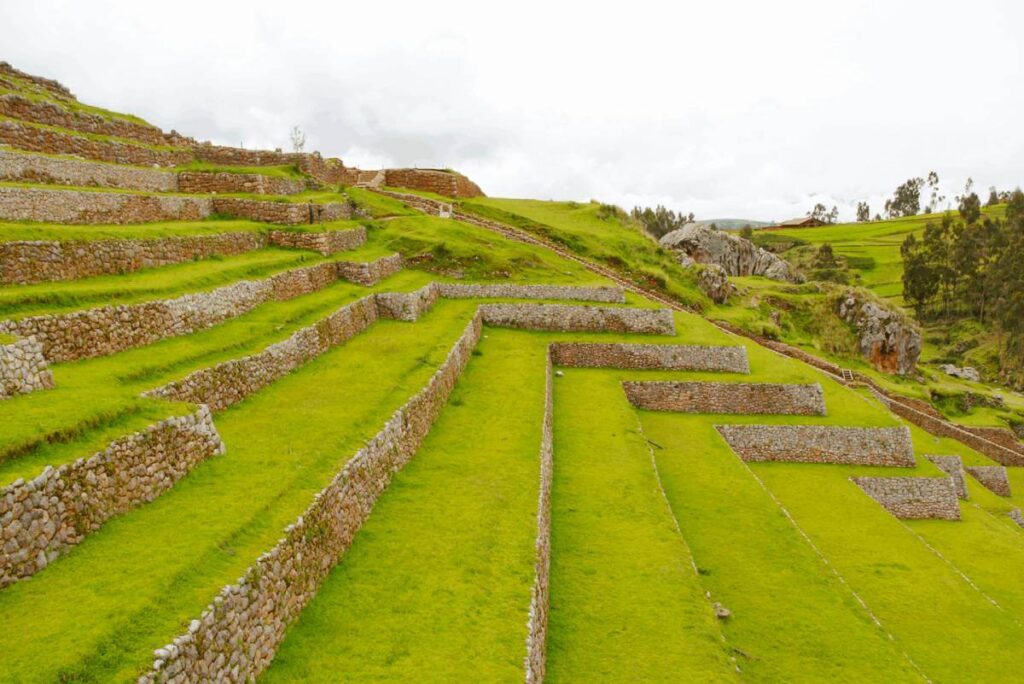
Trekking & Hiking
If you love nature and activities related to it, Peru is a perfect choice. A lot of travelers visit Peru, especially for hiking or trekking and honestly, not even a few months would be enough to do all the treks and hikes around. Among many of them, the most popular are Inca Trail, the Salkantay trek, and Santa Cruz Trek.
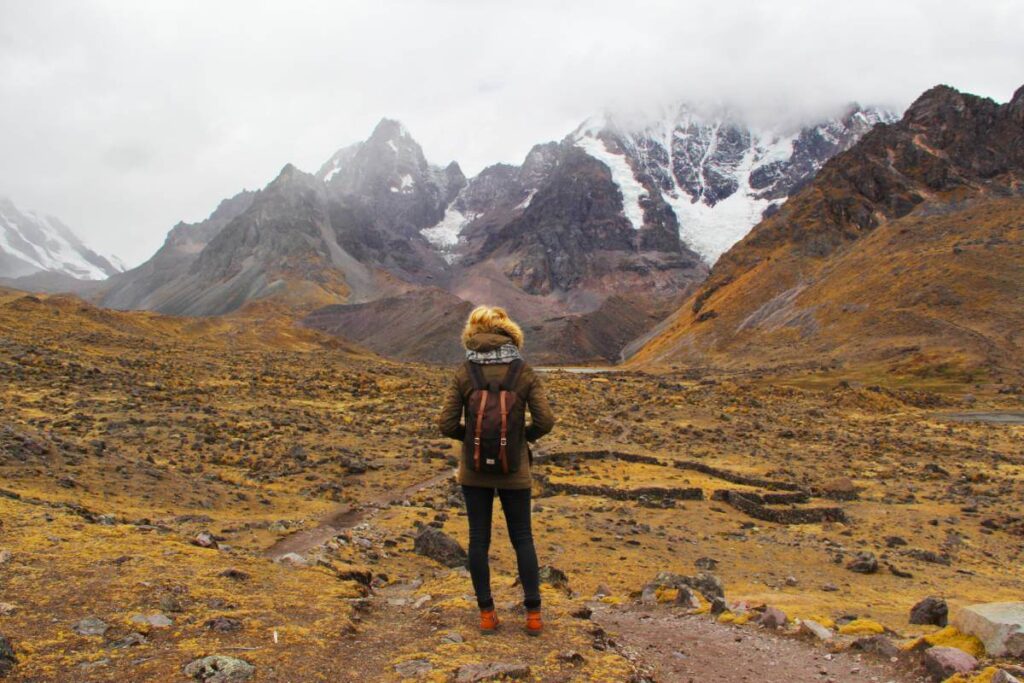
Gastronomy
Peruvian gastronomy is considered one of the world’s best culinary destinations. It has been impacted by Japanese, Chinese, and European cuisines, but you can still find traditional simple dishes. Peruvians love their food and they are so passionate about it. They say: “If it’s not spicy it’s not Peruvian.“
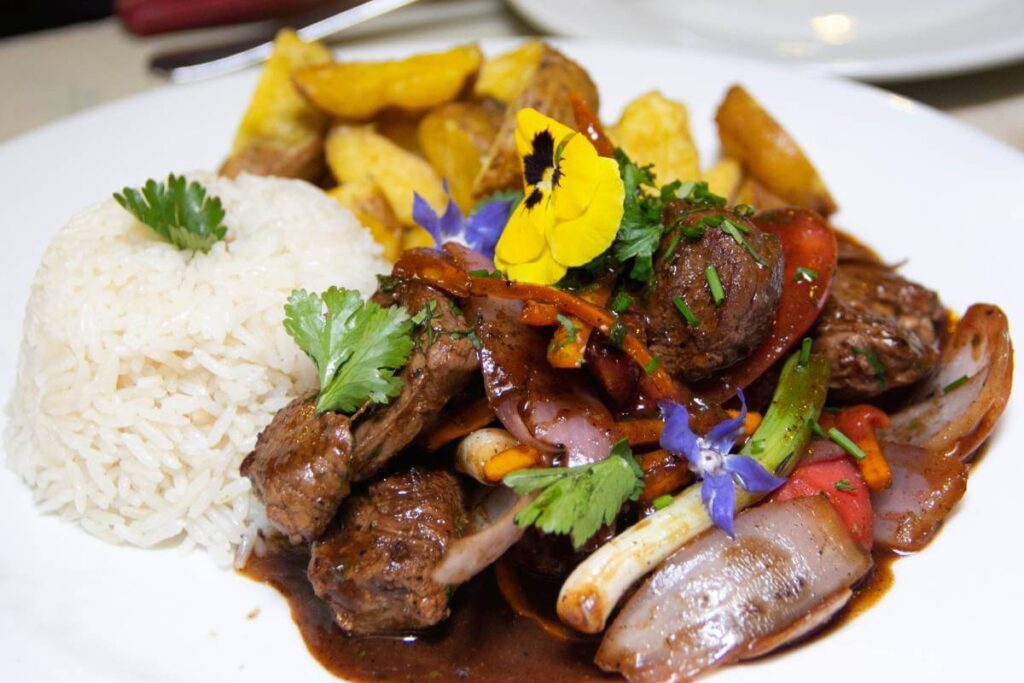
Culture & traditions
If you are looking for a country in South America rich in traditions and culture, it’s definitely Peru. Around 25% of the population is still native, There are Quechua in the Andean mountains and Aymara around lake Titicaca. These two native cultures have their own language, traditions, and textiles you would love.
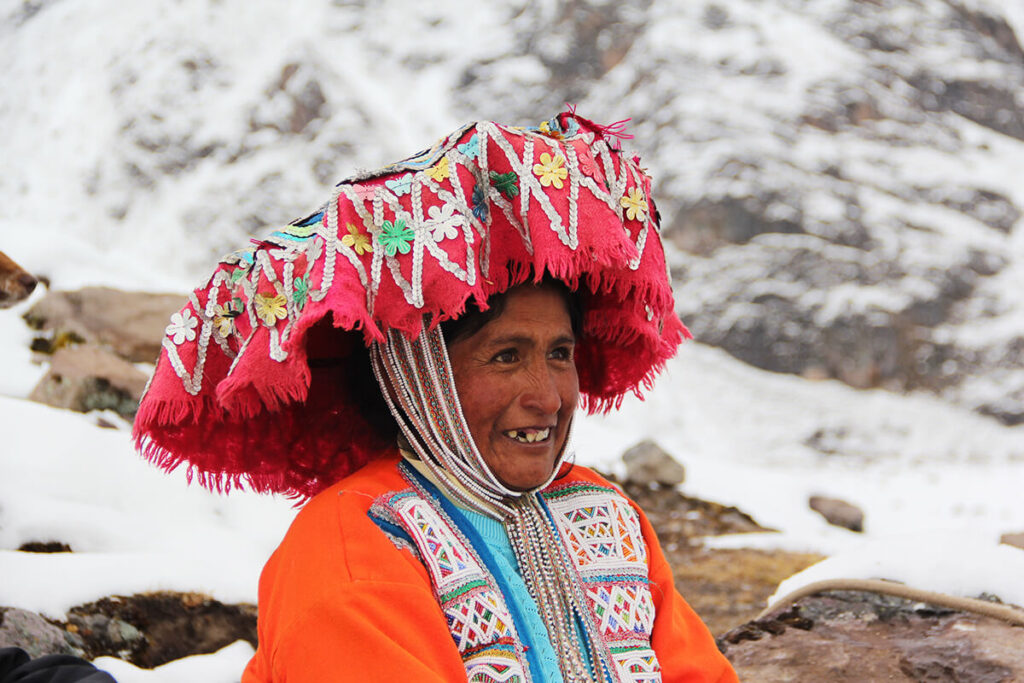
Wildlife
Thanks to the 3 main geographic areas (coast, mountains, and jungle), Peru has one of the biggest biodiversities in the world. You might see an Amazonian pink river dolphin, many species of mammals, monkeys, and birds in the jungle, alpacas, llamas, and vicuñas in the Andes and whales, penguins, or sea lions on the coast.
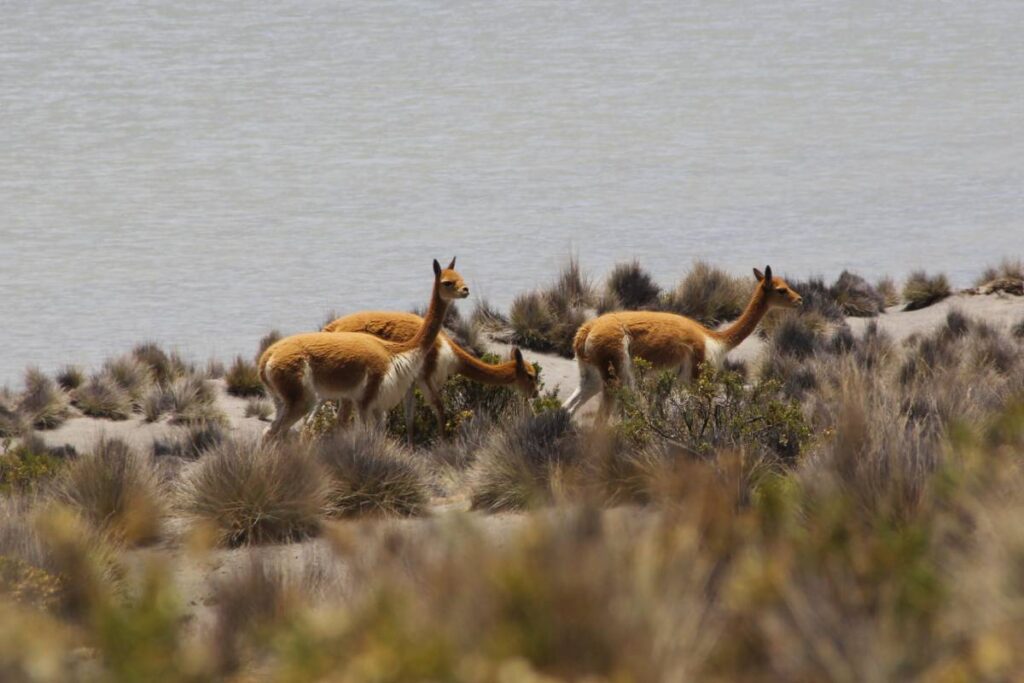
Map with top places in Peru
During my almost 2 years stay in Peru, I’ve visited most of the places that are worth visiting, but also the hidden gems. Here is my travel map where I’ve saved more than 60 places around Peru.
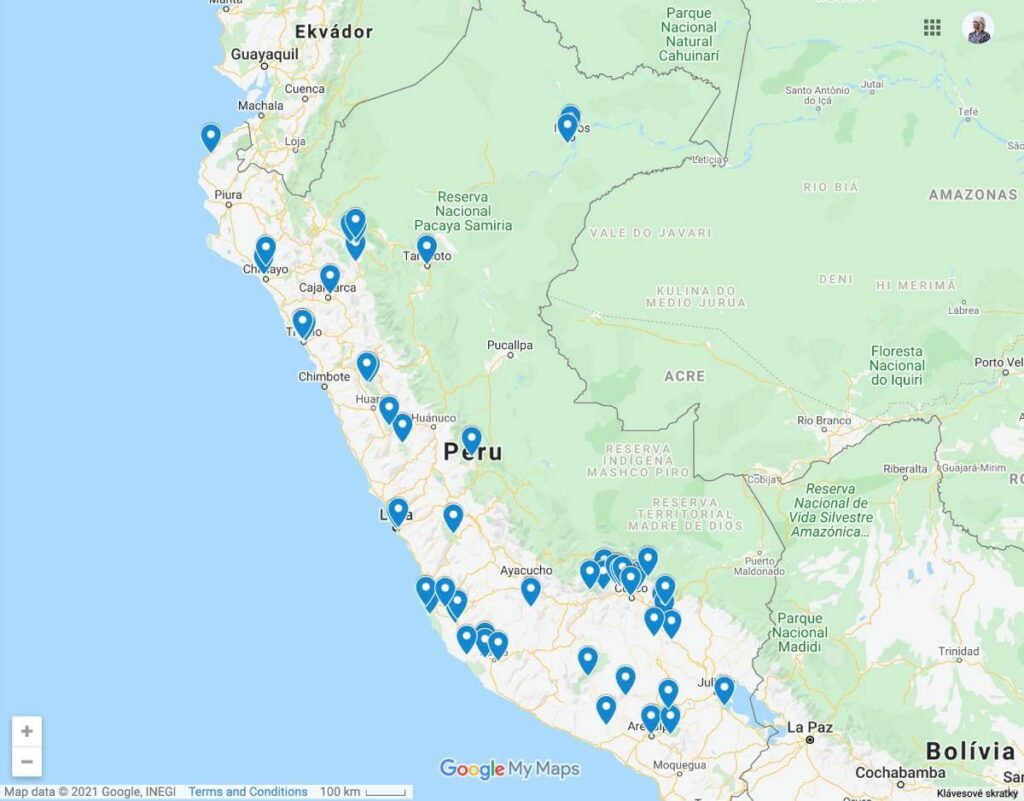
Basic info

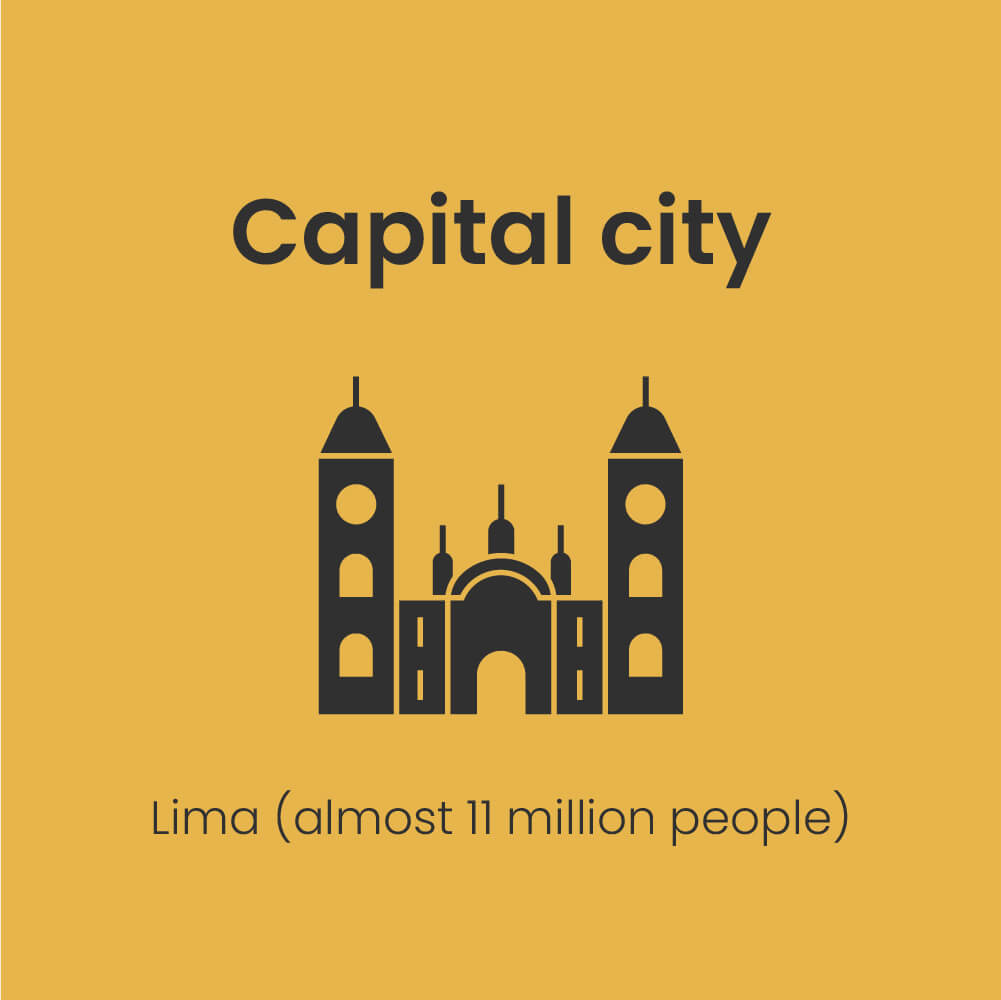
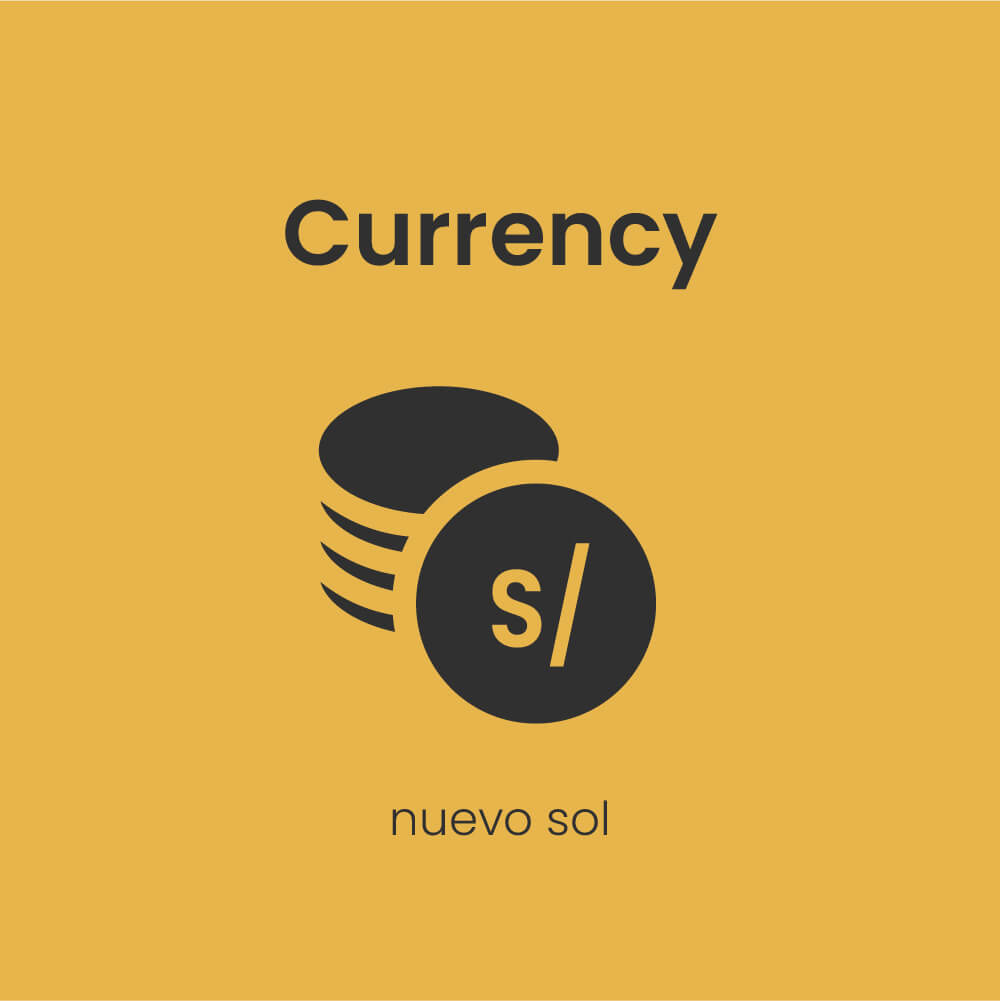
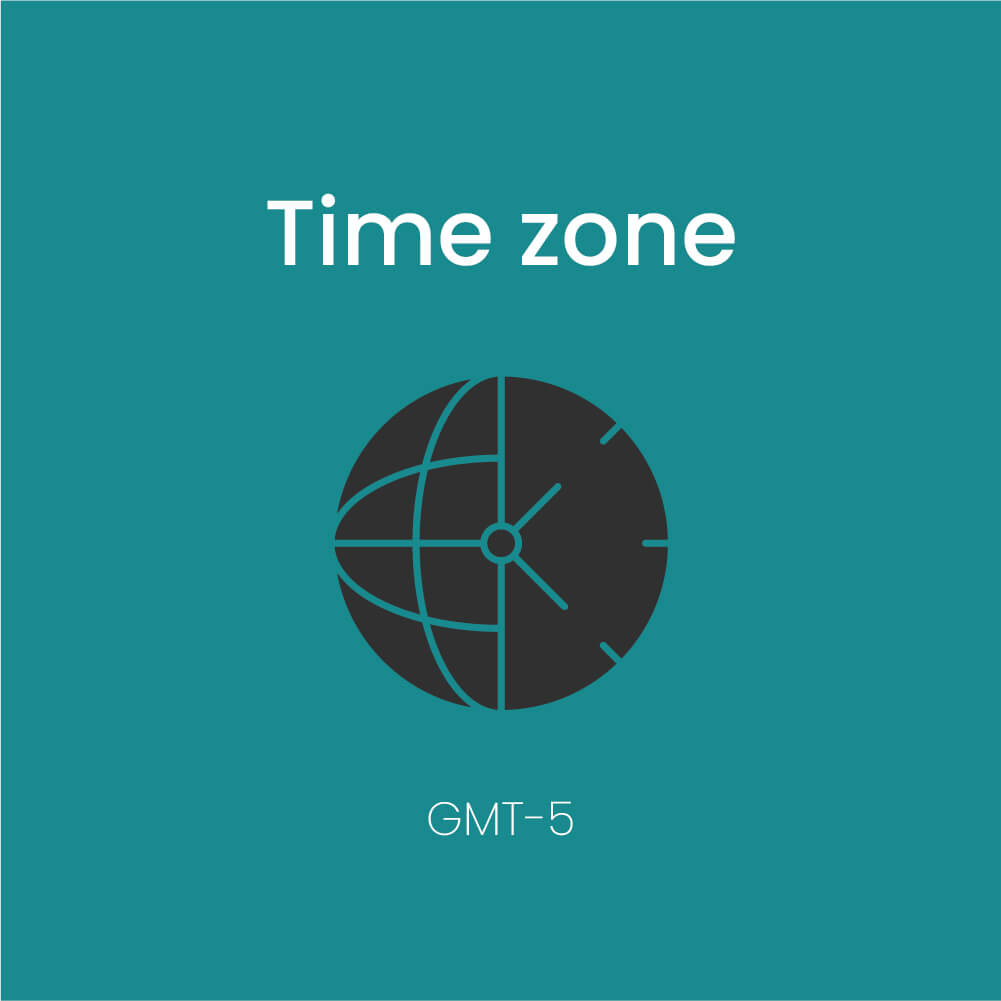
- plug types: Mostly A and C types with 220-volt electricity. A type is a twin flat blade (as used in North America) and C type is twin round pin plugs (as used in continental Europe). You can find pretty often a hybrid plug for type A and type C.
- visa: Citizens of most countries in the Americas and Western Europe do not need a tourist visa. The expiration date on your passport should have a minimum validity of 6 months after the date you enter Peru. Basically, you are entitled to get a free travel visa for 183 days. However, border officers are not required to give you these 6 months at once (and they don’t usually do it), you have to ask for it. It might happen that they won’t anyway because usually, they give you just around 90 days. If you want to stay in Peru for more days, first, you will need to pay A Tourist Visa Extension Fee (S/11.50), and then you can extend your visa here. If you decide to stay longer than 183 days as a tourist you will pay S/6 ($1,5) per day.

- weather: The weather in Peru is variable and depends on where you want to go. On the coast, there is summer from November to April and winter is from May to October. Rain is very rare here. In the mountains, there is a rainy season (November – April) which is also called Andean summer and a dry season (May – October) which is Andean winter. In the jungle, there is nothing like summer and winter or rainy and dry seasons. There is just the rainy season from December to April and less rainy from June to October. The average temperature in the jungle is 77° F (25° C), but be ready for hot and humid weather. Apart from that, Peru has around 30 microclimates, so be ready for every kind of weather anyway.
- religion: Peruvians are mostly Christians, but there is a huge number of people in the Andes and in the jungle that have their own religion. In the Andes, people still do symbolic sacrifices or practice witchcraft. In some parts, the Christian religion has been intersecting with the ancient spiritual religions.
Practical info
Where to buy flight tickets?
I always search for flight tickets on Skyscanner. From Europe to Peru fly Lufthansa, KLM, or AirEuropa. Within South America, there are Latam airlines and Viva Air. I would buy flight tickets right on their website. Peru has 5 international airports: Lima, Arequipa, Cuzco, Iquitos, and Piura.
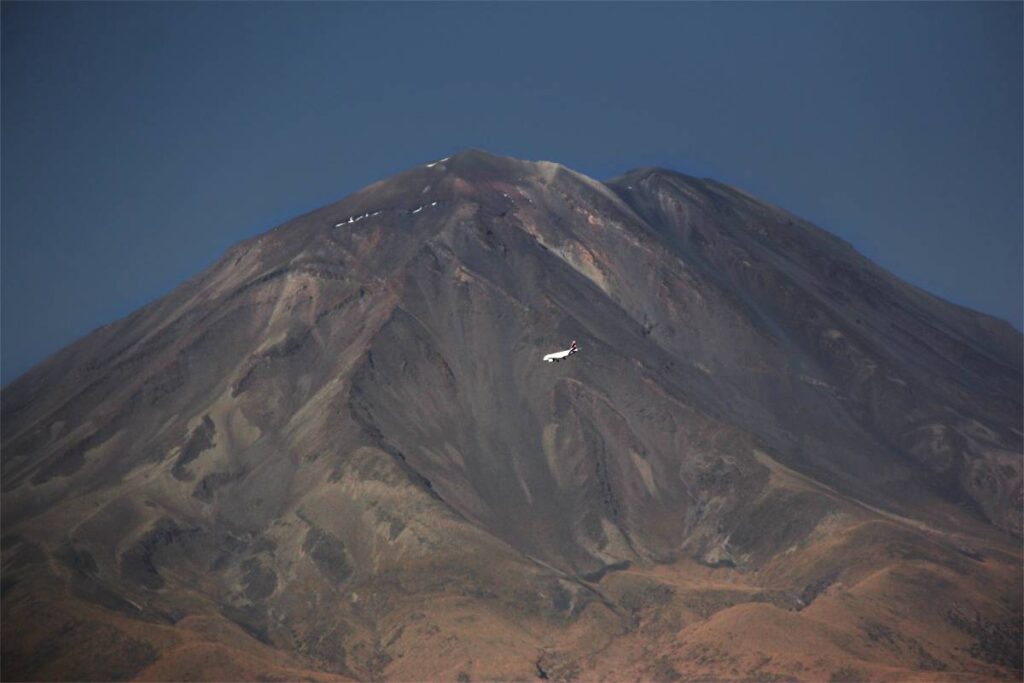
Is Peru really safe?
Compare to other poorer countries, Peru is one of the safer ones. However, you still need to be aware of thieves, especially on busy streets, at events, or on public transport. Also, be careful on the night buses, even those good ones, always keep your most valuable things close to you. There are some districts in Lima that are not safe at all to go to. Sometimes even locals would tell you in advance to hide your cameras and phones. When you go by taxi in Lima keep your electronics hidden if it’s not really necessary to use them.
Peru is a tourist country and around 70% of people live from tourism, so there is still less and less risk that something will happen – just a simple logic – if the tourists bring you the money you won’t do any harm to them. I was traveling alone in southern Peru and I met just some annoying guys that were asking for my number or wanted to hug me (during the pandemic!).
You will more likely encounter scammers. It happened to me more often, a taxi driver told me he would give me a ride for S/15, but when I was about to pay, he said S/50 so make sure you also understand when someone is telling you the price. There is also tourism police in case you will be in trouble.
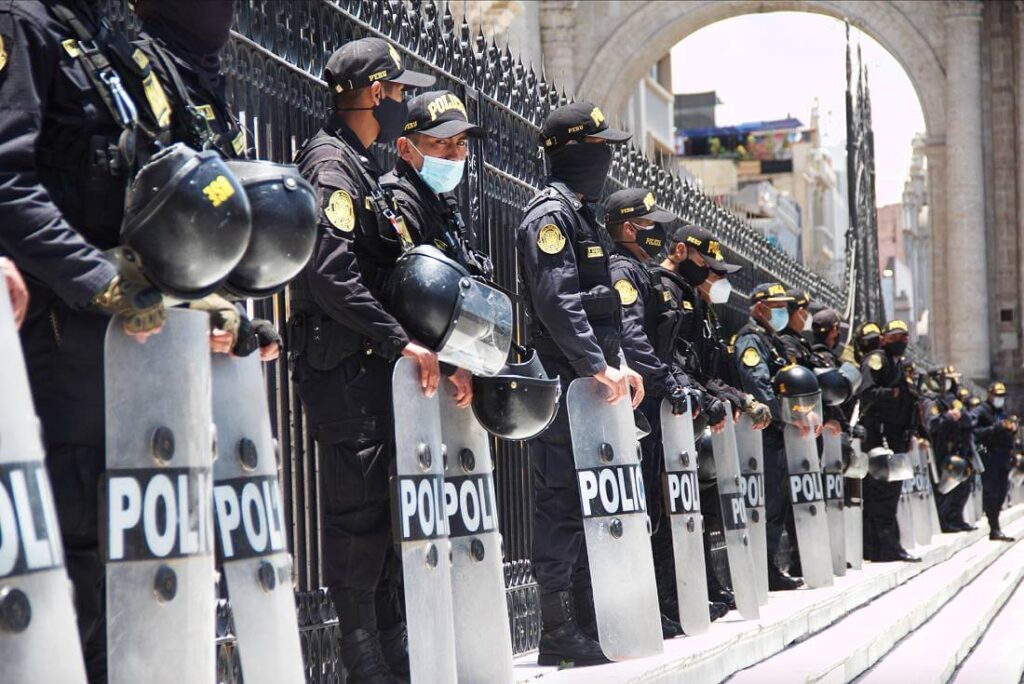
The best way to pay
Credit cards are accepted in all bigger cities, mostly Visa, but also MasterCard and in some places American Express, as well. Personally, I use a Revolut card, which is MasterCard, where you can have accounts in more currencies and withdraw from the ATMs without fees. In Peru, ATMs without fees are BPC and Banco de la Nación. Other banks like Scotiabank or BBVA have an S/18 withdrawal fee.
Make sure you always have some cash and keep in mind that if you have a big amount of bills (more than S/100) it’s less likely someone will have a change, especially in smaller towns and villages. Don’t worry if you get a torn banknote, with stamps or marks on it, even from ATMs, it’s normal. US dollars are also accepted in many tourist places and you can withdraw them as well. Tipping is usually not required, but it’s more than welcomed and highly appreciated, especially by street vendors and small businesses.
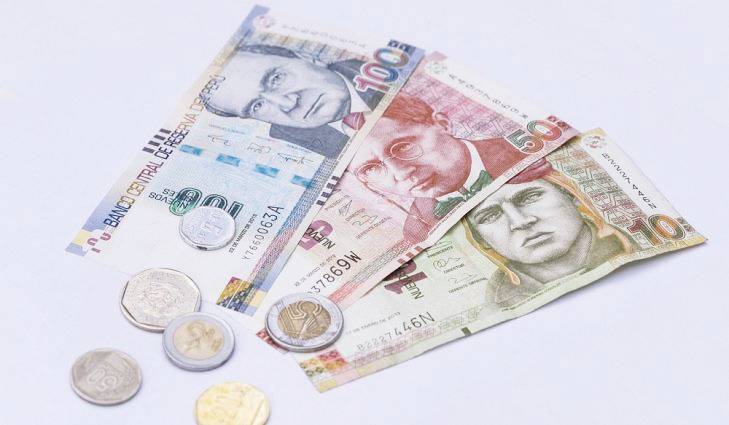
How to travel around Peru?
Transportation in Peru is quite diverse. Within the country, you can travel by plane, train, bus, boat, minivan, moto-taxis, or car.
BUSES
The most common way to long distances is to travel by bus. Peru has one of the best bus transportation in South America which has really good connections. The best bus companies are Cruz del Sur and Oltursa. The buses usually have super comfortable seats, USB plugs, lights, air conditioning, toilets, and sometimes screens. Apart from the bus ticket, you will need to pay the transport fee at the stations (doesn’t apply to the private stations of the bus companies). Here is a comparison of the best bus companies in Peru. And here, you can search for the cheapest options.
MINIVANS
The second common option is “combies” or minivans. Every city, small town, or village, has its own small stations that collect people from the streets to fill the car. That’s why they usually don’t have a schedule, but you also don’t need to wait for too long.
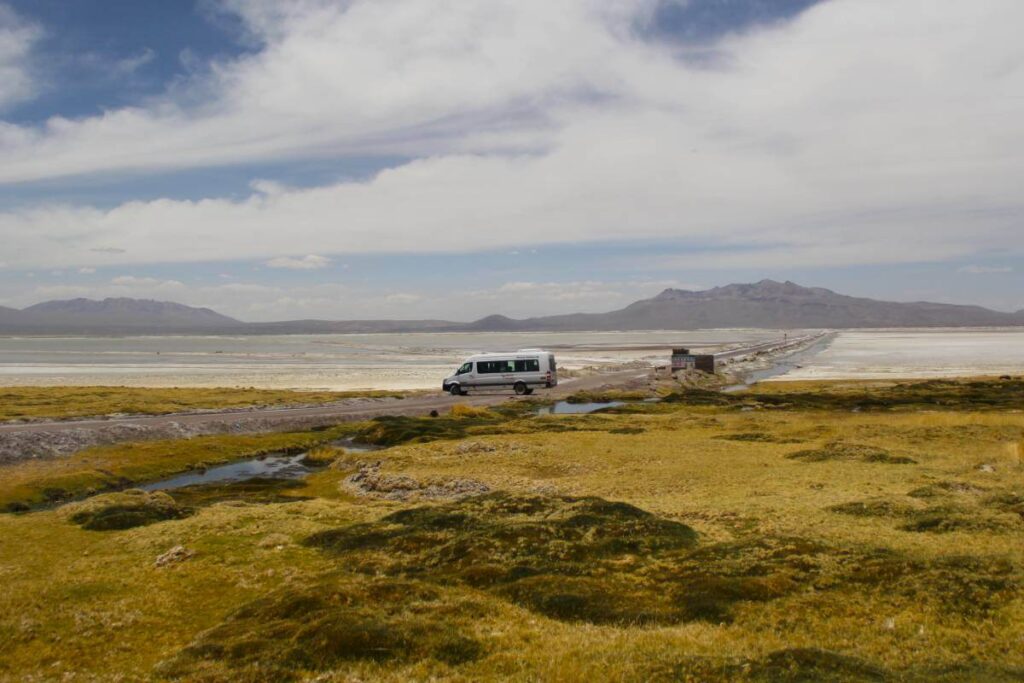
“COLLECTIVO” OR SHARED RIDE
Another very common form of transport is “collectivo”, which is basically a shared ride in a car. Drivers often make money in this way and have no problem stopping anywhere along the way to pick up or drop off people exactly where they need to. Don’t be surprised when the driver puts you in the trunk. This is normal when the car is full.
TUK-TUK
You will see a lot of moto-taxis or tuk-tuks as well, especially in smaller cities. It’s quite cheap and one of my favorite forms of transportation. Always make sure you agree on a price before you get in.
TAXI
The same with car taxis. Usually, you stop a car (doesn’t even need to have a sign of a taxi), straight up your hand like in New York, tell him where you want to go, and ask about the price. The driver will always tell you a higher price, so you need to negotiate. Keep in mind, there are many scammers who will tell you a way higher price because you don’t know the local prices. But you can always ask about the usual prices in the restaurants, hotels, or your guide. Hotels and even hostels tend to have an agreement with the taxi drivers where you will sometimes pay double the price, but that’s how they can make more money. But! Don’t take a taxi from the street in Lima, it’s not really safe. The best option is to take an Uber.
FLIGHTS
In general, Peru has good flight connections. The most common airlines are Latam and Viva Air. You can fly from Lima to Cusco, also through Arequipa, or Puno, or from Lima to the north. But otherwise, I would recommend you take a bus since it’s pretty comfortable.
TRAINS
Traveling by train is not really common in Peru unless you go to Machu Pichu. There are three companies: PeruRail, Inca Rail, and Hiram Bingham. Apart from traveling from Cusco to Machu Picchu, you can go by train from Arequipa to Cusco through Titicaca.
There is one more railway in Peru and it’s called The Ferrocarril Central Andino that goes from Lima to Huancayo and Cerro de Pasco and it’s the world’s second-highest railway.
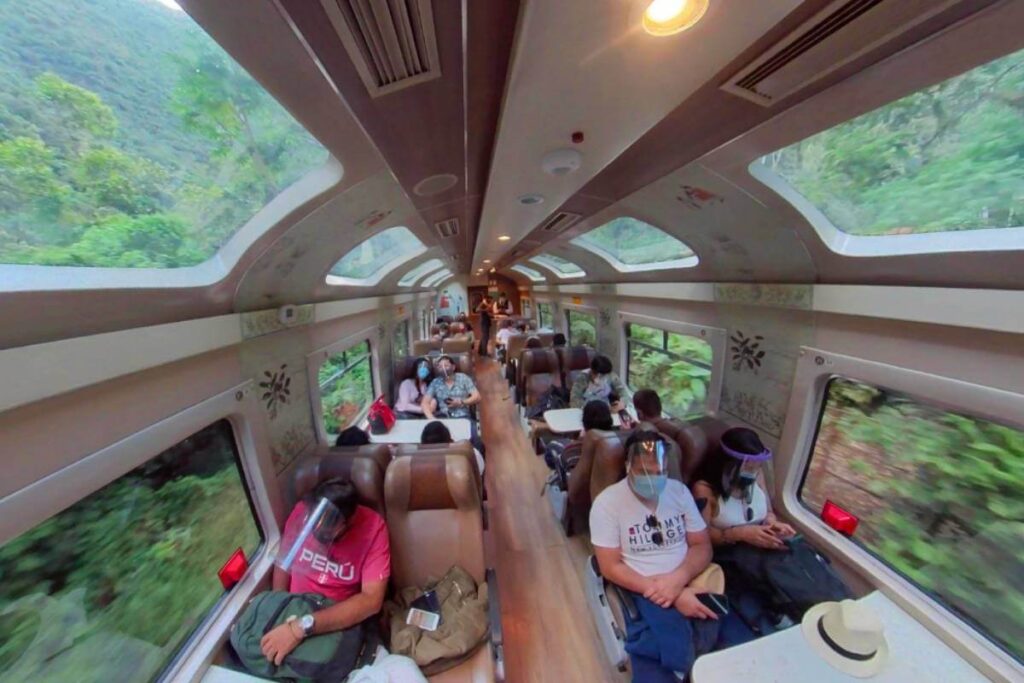
BOAT
I’ve heard about traveling by boat just in the jungle between the cities of Tarapoto and Iquitos. This is a really local way that will take you several days. If you decide to do this adventure, do it from Tarapoto to Iquitos since it takes less time. Be prepared that you will be mostly with locals so you need to know some basic Spanish and you will be traveling without internet or even a signal for around 4 days. But you will enjoy the amazing scenery and sleeping on a hammock.
HITCHHIKING
I don’t have experience with hitchhiking, I know that it’s not recommended, but let me know in the comments if you have any experience with it.
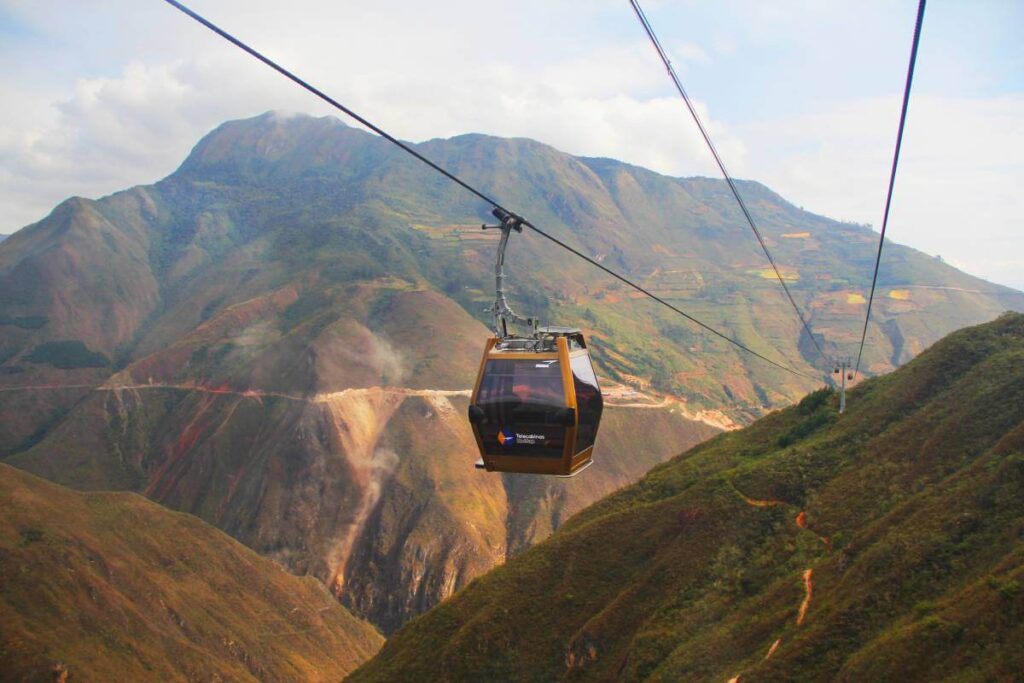
Where to stay and what are the prices?
In Peru, you can find accommodation for every price range and every type from the most simple bed in a hostel for $1/per night up to $700/per night for the most luxurious rooms. Here are the price ranges:
Small family guest houses or local hostels: $1 -$10 (S/4 – S/40)
The most simple rooms are usually without heaters and have electric showers.
Popular backpacker hostels: $6 – $25 (S/25 – S/100)
The dorm beds have a light and plug next to the bed and shared bathrooms. Usually, there are also bars at the hostels open until late at night with the thematic nights. You will get also breakfast, meet a lot of travelers, and plenty of information about where to go.
Private room with private bathroom: $10 – $500 (S/40 – S/2000)
This is the best option if you are looking for something with more privacy or if you are traveling as a couple. You have also many options here it all depends just on your budget. The best deals can be found on Airbnb.
The best places to stay are Selina, Pariwana, Wild Rover, Supertramp, Kokopelli, or Loki hostels. The most common platform in Peru to search for a place is Booking, but you have pretty good options on Airbnb as well. My favorite in Cusco is this one. You are right on the San Blas square with a pretty nice view from nicely designed rooms.
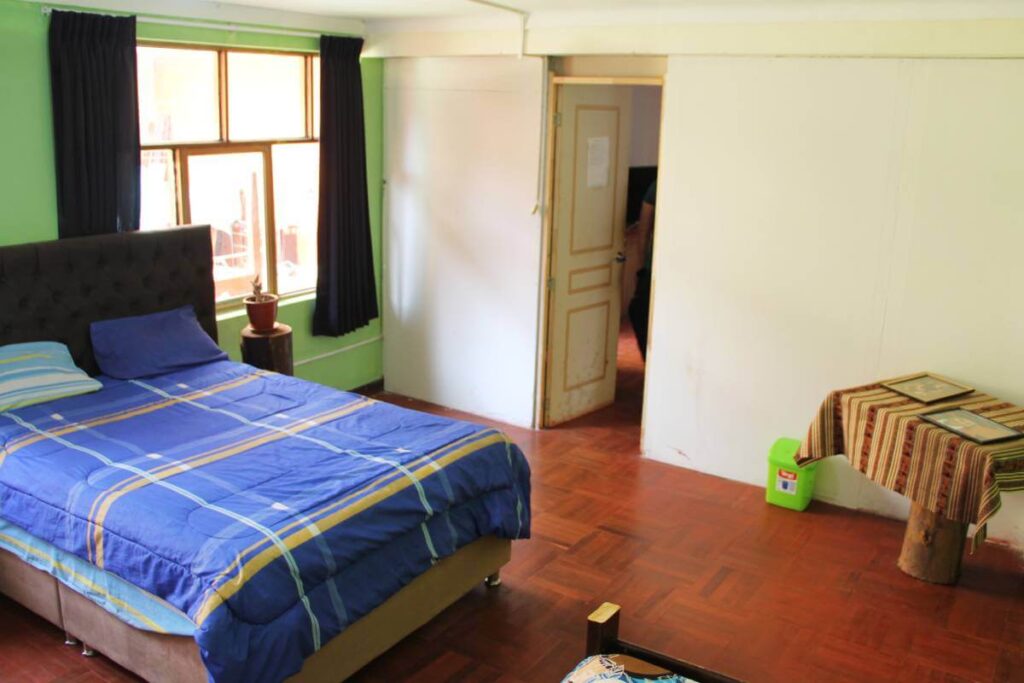
Vaccinations and diseases
There are no vaccinations required for traveling to Peru, however, these vaccines are recommended: Hepatitis A and B, and if you are planning to travel to the jungle, also yellow fever. Apart from that, you should have typhoid, rabies, and tetanus vaccines. You may also need an International Certificate of Vaccination, I had the vaccines for typhus and yellow fever, but no one has ever checked that.
Traveler’s diarrhea is the most common disease that you might encounter. Especially if you eat on the street or in cheap restaurants. If you get it, make sure you drink plenty of water, vitamins, and minerals.
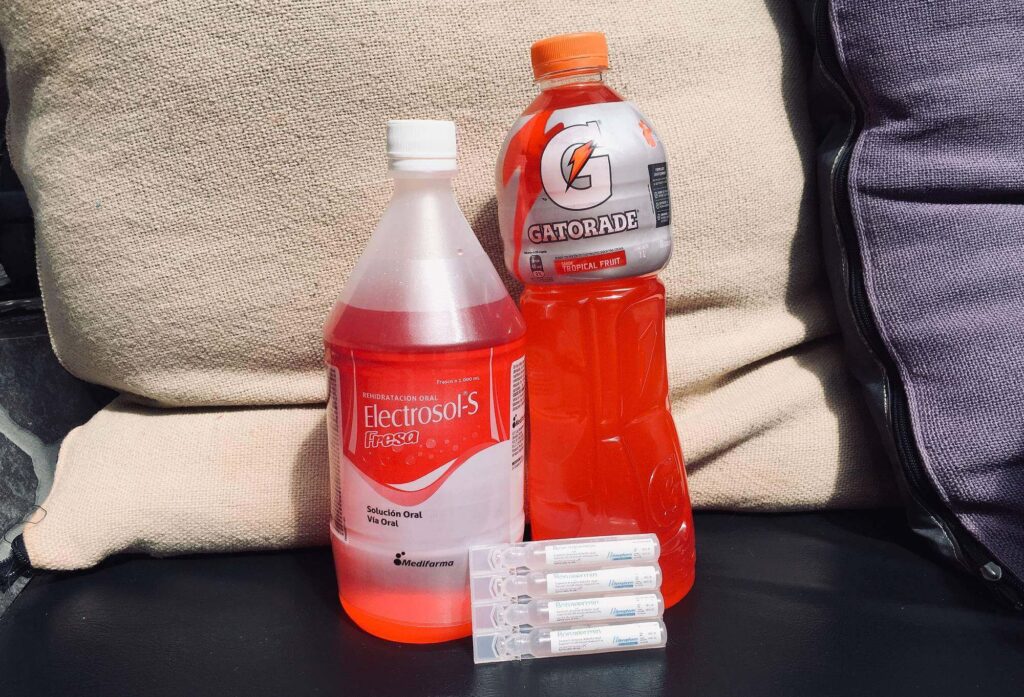
You might find yourself having altitude sickness, especially when you fly directly to a place at a high altitude, like Cusco. The most important thing is to drink plenty of water (more than you normally drink). You can also drink coca tea or chew the coca leaves, which you can find in every accommodation, even in those cheap ones. If you want to do maximum to prevent altitude sickness, take Sorochipill before you reach the high altitude (from around 3,000 m / 9 800 ft).
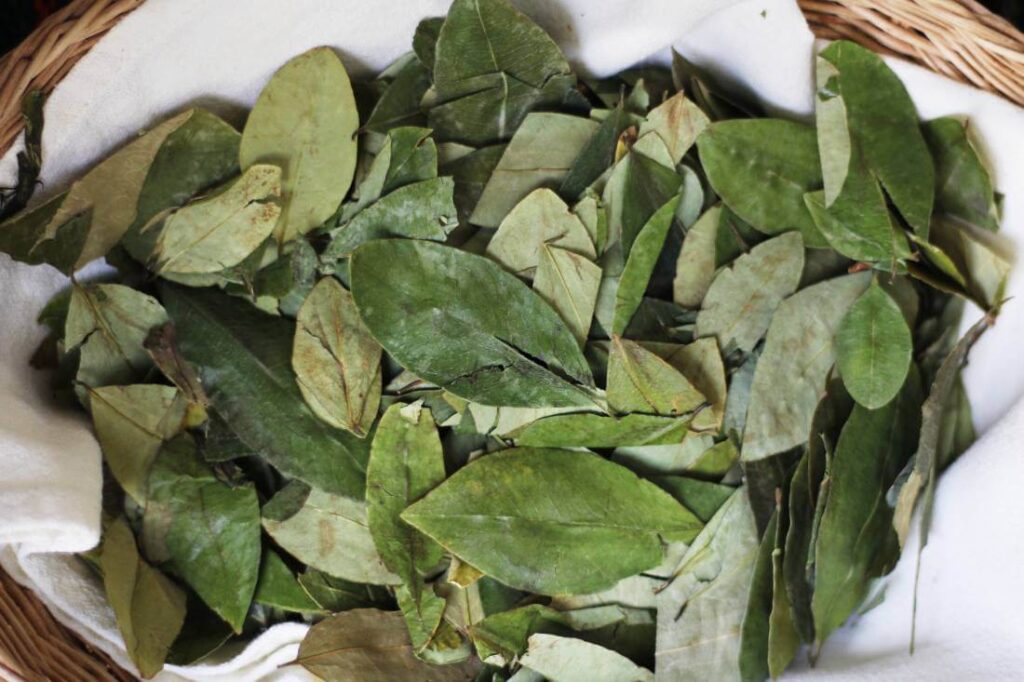
Hospitals and clinics in Peru have become more modern in recent years and have increased health services. Make sure you visit private clinics and hospitals as public health care is not capable of providing a service for everyone in need.
The pharmacies are pretty common even in small towns, the most known are Inkafarma and Mifarma. They also serve as drug stores since you cannot find them separately unless you are in a mall.
Good to know
- if you are planning to eat ceviche, which I really encourage you, make sure you eat it during lunchtime since the raw fish is harder to digest in the evenings
- don’t bring any coca leaves or Peruvian peppers home, you might get in trouble at the airport
- don’t drink tap water if you don’t want to get sick
- be careful with the electric showers which you can find mostly in the cheap accommodations, basically, they are safe, but don’t put your hands too close to the battery, as it could be shocking
- in case of an emergency, you can contact iPerú at (+511) 574 800, 24/7, or email [email protected], they provide free information and assistance for travelers
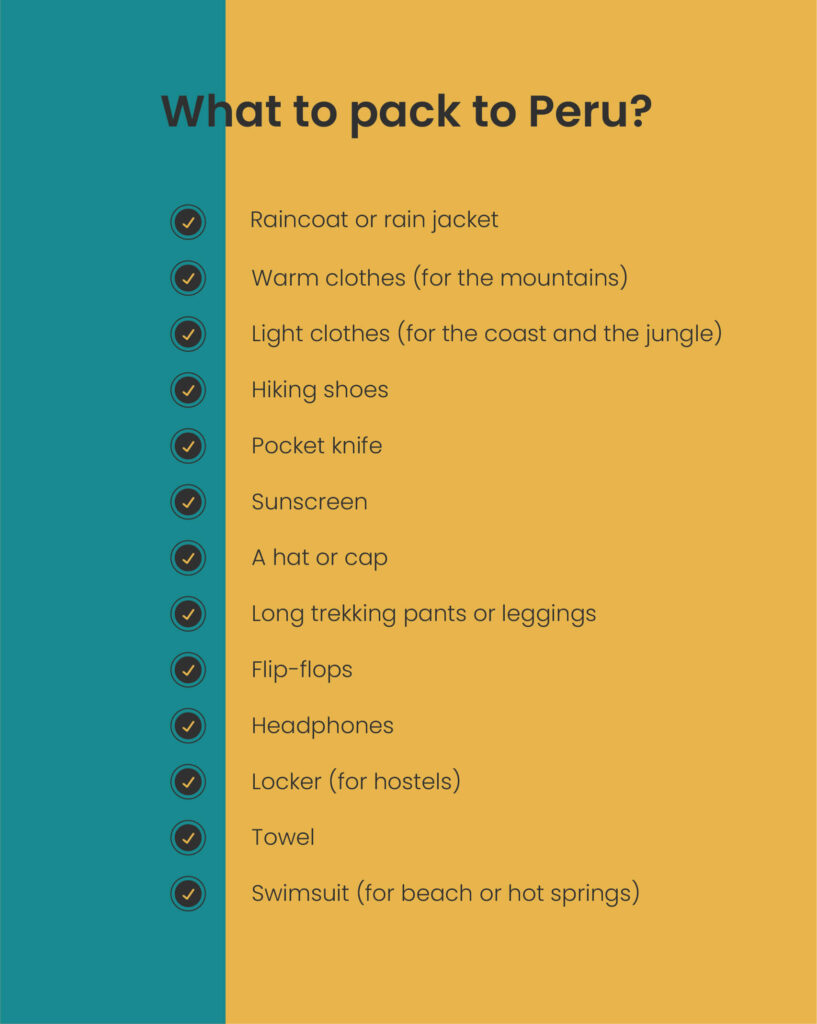
- a blond color (okay, this might be ridiculous, but if you normally dye your hair at home and you are planning to stay in the highlands for longer, you won’t find any colors there, especially those with peroxide, even in Cusco so make sure you take one with you)
Basic phrases used in Peru
¿Que tal, como esta? – How are you? (this is probably the most common phrase Peruvian use, they don’t usually say “Hola, como esta?”)
Hasta luego, cuidate – See you later, take care (formal)
Nos vemos – See you (a more casual way to say see you later)
Que rico! – Delicious! (this is a must-know phrase if you go to the markets or family restaurants, you will see a smile on every face after you say this phrase)
¿Cuanto seria? – How much will it be? (You can also say a more general phrase – “¿Cuanto cuesta?”, which means “How much does it cost?” but locals use the “¿Cuanto seria?” more often – it sounds more informal and friendly)
¿Podría ayudarme? – Could you help me?
¿Donde esta…? – Where is…?
¿A donde vas? – Where are you going?
¿De dónde eres? – Where are you from?
Books and movies about Peru
MOVIES
The Last Hour (La Hora Final) – a brilliant movie about catching Abimael Guzman, the leader of the terrorist organization Shining Path.
The Milk of Sorrow – the first Peruvian movie nominated for an award, shows a dark era of Peruvian history. Based on the story of a girl whose mother was abused during the years of terrorist struggle. She has a disease contracted from her mother’s breast milk known as “the milk of sorrow”.
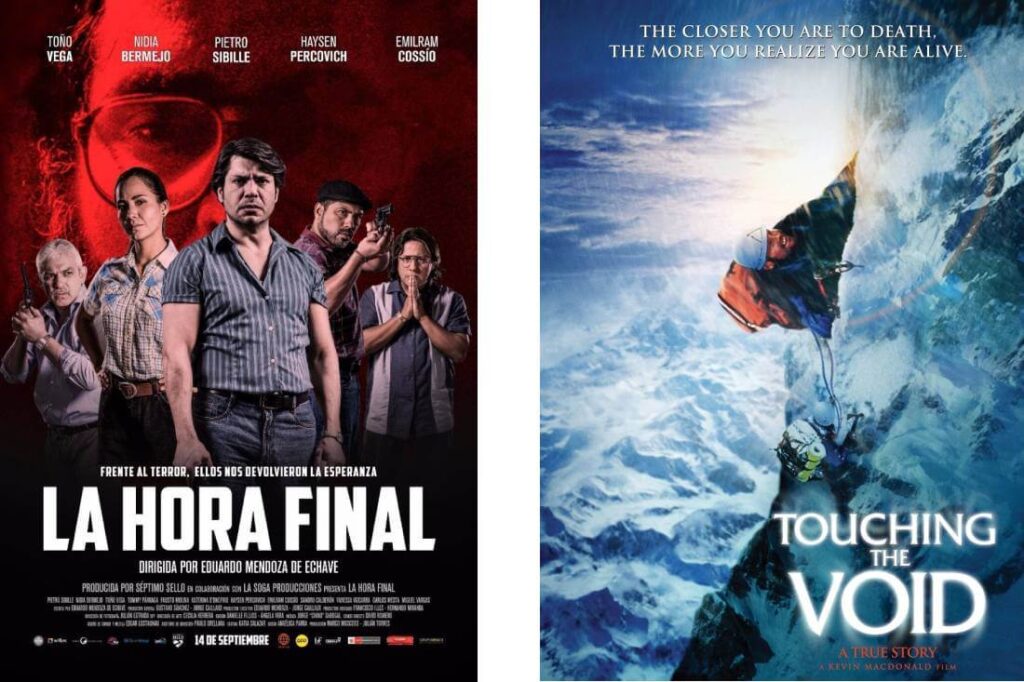
Touching the Void – a docudrama based on a real story from 1985 when the two experienced mountaineers successfully ascended the previously unclimbed mountain in the Cordillera Huayhuash. The story continues when one of them falls from the ridge and suffers a badly broken leg.
Fitzcarraldo – Klaus Kinski as a crazy dreamer who comes to the Peruvian jungle during the rubber boom to build the first opera in the jungle. Honestly, not my favorite movie, but it shows the reality of those times.
BOOKS
Death in the Andes by Mario Vargas Llosa – This is a detective novel and an insightful political allegory by Peru’s most famous writer and Nobel Prize-winning author. It tells a story about mysterious disappearances in an isolated community in the Peruvian Andes. The novel offers a view of the current political violence, Peruvian society at that time, and its connection to Indian culture and mysticism.

The Last Days of the Incas, by Kim MacQuarrie – an award-winning filmmaker, anthropologist, and journalist wrote a detailed story about the fall of the biggest and most powerful empire in South America.
Life and Death in the Andes by Kim MacQuarrie – is one of my favorite books, it consists of short stories from Colombia all the way down to Chile and tells stories about Pablo Escobar, Hiram Bingham, Che Guevara, Butch Cassidy, and many others.
Final thoughts
If you’ve gotten this far, it means you’re really interested in Peru or just like to scroll. However, if this is the first reason, I will be happy if you let me know in the comments if you have any thoughts, tips, or ideas for improvements. Anyway, if you need more info, feel free to send me a message on my Instagram!

